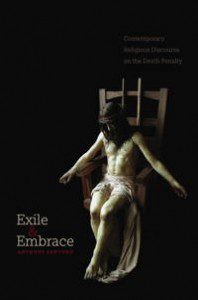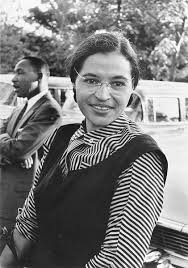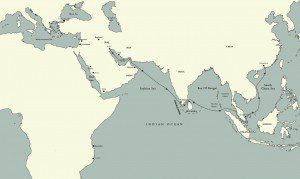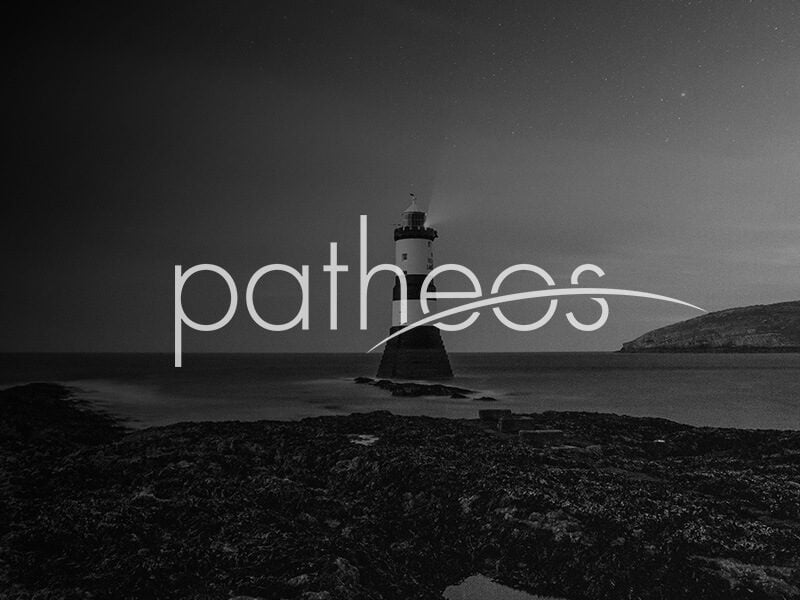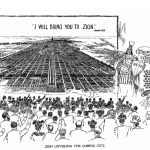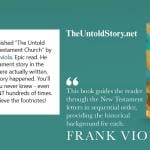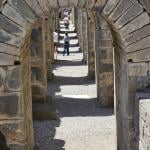I recently posted about the construction of historical memory, and the debate over whether such histories were onions or olives – that is, whether such ideas arose from a genuine core, or if they were wholly imagined. Obviously, that can be a controversial issue, particularly in religious terms, but it is helpful to address it. Religions are after all masters (mistresses) of building traditions and memories. Not only do they stress traditions, but they usually give them an aura of... Read more





